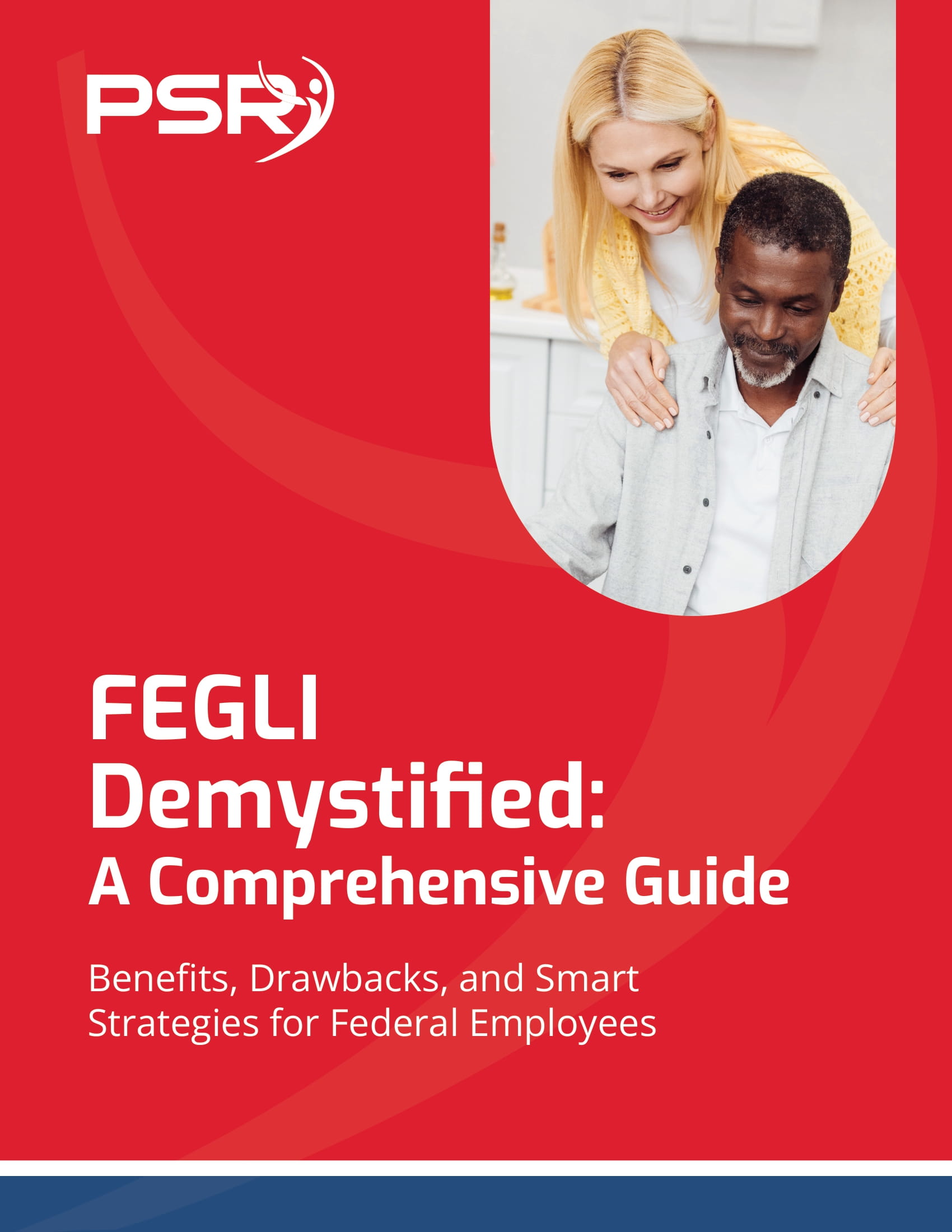Key Takeaways:
- Retirement advice for federal employees is evolving due to new policy changes, rising healthcare costs, and shifting market conditions.
- To stay on top of these changes, federal employees should revisit their retirement plans and adjust their strategies to ensure financial stability.
What’s Changing About Retirement Advice for Federal Employees?
Retirement planning isn’t what it used to be, especially for federal employees. The advice I would have given five or ten years ago doesn’t fully apply in 2024. Several factors are causing this shift, including rising healthcare costs, changes in federal benefits programs, and evolving tax policies.
- Also Read: FAA, Law Enforcement, and Special Federal Employee Categories—Here’s What Makes Their Retirement Unique
- Also Read: Blending Private and Public Sector Retirement Plans Is Complicated—Here’s Where Couples Get It Wrong
- Also Read: The Silent Shift in Postal Service Retirement Benefits That Could Change Everything by 2026
The Rising Costs of Healthcare Are a Game-Changer
If there’s one thing that’s shaking up retirement advice across the board, it’s the cost of healthcare. For federal employees, the Federal Employees Health Benefits (FEHB) program is one of the most valuable perks, and the fact that it carries into retirement is huge. However, premiums have been rising steadily. In 2024, we’ve seen an average increase of 13.5% in FEHB premiums, which is significantly higher than in previous years.
For many retirees, coordinating FEHB with Medicare becomes a smart strategy to cut down on costs. If you’re approaching age 65, it’s important to understand how Medicare Part B works alongside your FEHB coverage. Many retirees find that opting for Medicare Part B and keeping their FEHB plan helps minimize out-of-pocket costs, even though it adds another monthly premium to the mix.
Changes to FERS COLA and Why It Matters
Another big change that’s affecting retirement advice is the Cost-of-Living Adjustment (COLA) for federal employees under the Federal Employees Retirement System (FERS). For 2024, the FERS COLA is set at 2%, which is lower than inflation rates seen in previous years. This is a notable shift from the 7.7% COLA in 2023 and 4.9% in 2022.
The FERS COLA is particularly important if you’re retiring before the age of 62 because you won’t receive any COLA adjustments until you hit that milestone. This can be a major consideration if you’re planning to retire early and rely on your FERS pension for income. Given that inflation rates are still fluctuating, the lower COLA means your pension might not stretch as far as you originally thought. That’s why financial advisors now suggest considering additional savings buffers to account for inflation.
TSP Contributions and How They Can Boost Your Retirement
Let’s talk about the Thrift Savings Plan (TSP). If you’re looking to pad your retirement savings, the TSP is one of the best options for federal employees. In 2024, the TSP contribution limit has increased to $23,000, up from $22,500 in 2023. For those of you over 50, you can also make catch-up contributions of $7,500, which means you can save up to $30,500 this year in your TSP.
The great thing about the TSP is the range of investment options, from the safer G Fund to the higher-risk C Fund. However, with market volatility being a concern, especially in 2024, many advisors recommend diversifying your investments within the TSP to protect your nest egg.
Social Security Considerations: The Numbers You Need to Know
For federal employees under FERS, Social Security is a significant part of retirement income. However, there are important details you need to be aware of. In 2024, the Social Security taxable earnings limit is set at $168,600, which affects how much of your income is subject to Social Security taxes.
For those who haven’t yet reached full retirement age, there’s also an earnings limit to consider. In 2024, the earnings limit is $22,320. This means that if you’re drawing Social Security and still working, your benefits may be reduced if you earn more than this limit. After you reach full retirement age, you can earn as much as you want without seeing a reduction in your benefits.
Waiting until full retirement age, or even delaying Social Security beyond that, will increase your monthly payments. It’s worth noting that every year you delay after full retirement age gives you an 8% boost in benefits, up until age 70. This can make a significant difference, especially if you’re planning for a long retirement.
Retirement Age and Eligibility: Should You Consider Early Retirement?
Retiring early might sound appealing, but it’s not always the best financial decision. For federal employees under FERS, your Minimum Retirement Age (MRA) is between 55 and 57, depending on when you were born. You can retire at your MRA with at least 10 years of service, but you’ll face a 5% reduction in your annuity for every year you retire before age 62.
The FERS annuity is based on your high-3 average salary and years of service, so the longer you work, the bigger your pension will be. Waiting until at least age 62 not only avoids the reduction but also bumps your annuity calculation to 1.1% of your high-3 salary per year of service, instead of 1%.
Given these rules, many financial planners are advising federal employees to hold off on retirement if they can. The longer you work, the more you’ll benefit in terms of both your pension and Social Security payouts.
The Importance of Revisiting Your Retirement Plan Regularly
With all these changes—whether it’s the increase in healthcare costs, the tweaks to your FERS annuity, or the rising TSP contribution limits—it’s clear that federal employees need to revisit their retirement plans more frequently. I know it might not be the most exciting thing on your to-do list, but trust me, staying on top of these shifts will help you make better decisions for your future.
Regularly updating your retirement plan ensures you’re taking full advantage of current contribution limits, tax benefits, and investment opportunities. Plus, it gives you the chance to adjust your healthcare and pension strategies before it’s too late.
Adjusting Your Strategy in Light of Market Volatility
Another reason why retirement advice is changing is because of market volatility. The stock market has been unpredictable, and this affects your TSP, especially if you’re heavily invested in higher-risk funds like the C Fund or S Fund. With the uncertainty of the markets, now is the time to evaluate your risk tolerance.
Most financial advisors recommend a more conservative approach as you get closer to retirement, but that doesn’t mean pulling all your money out of equities. Instead, consider a balanced mix that includes safer investments like the G Fund. This way, you can still benefit from potential market gains while protecting your principal.
Adapting to the New Retirement Landscape
The retirement landscape for federal employees has changed significantly, and it’s more important than ever to stay on top of your benefits. From healthcare costs to TSP contributions, and from Social Security to your FERS annuity, all these factors can impact your financial future. Revisit your plan regularly, adjust for new changes, and you’ll be in a much better position to enjoy your retirement without financial stress.











